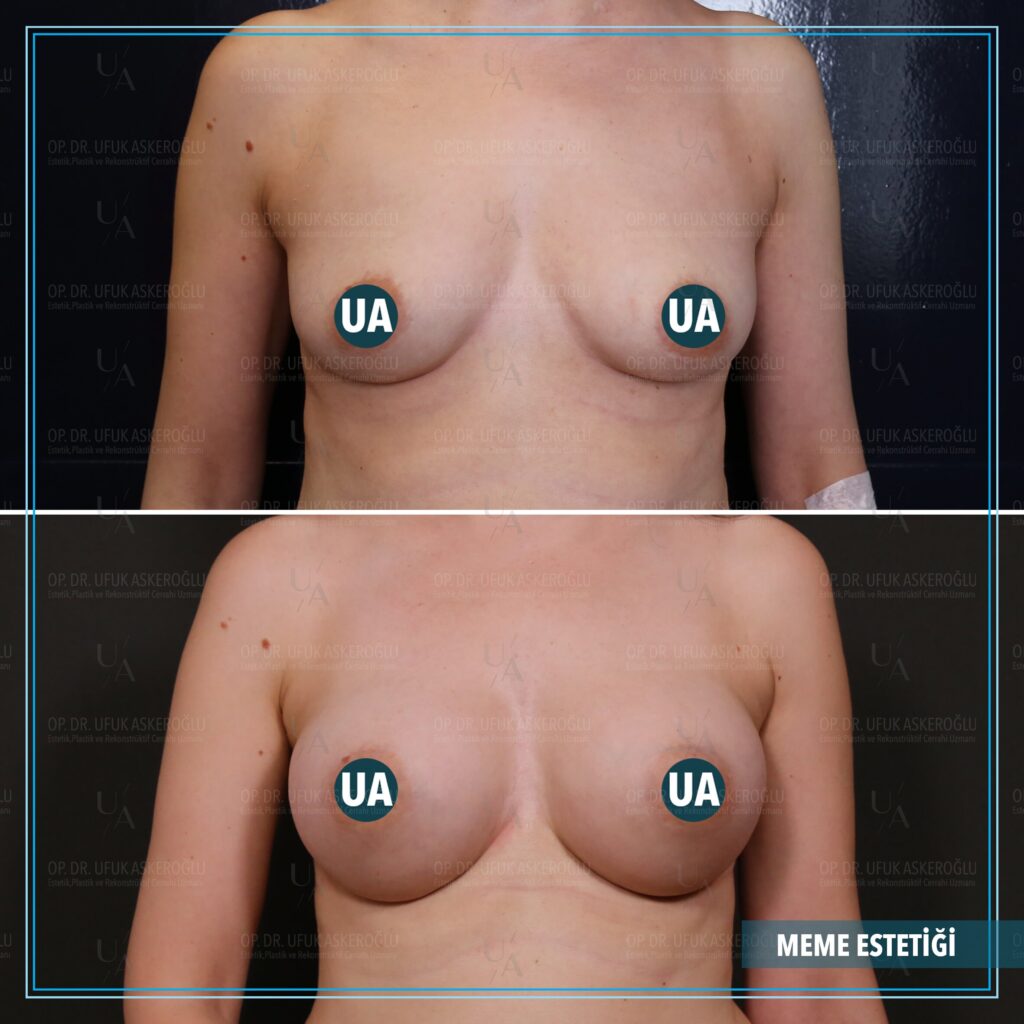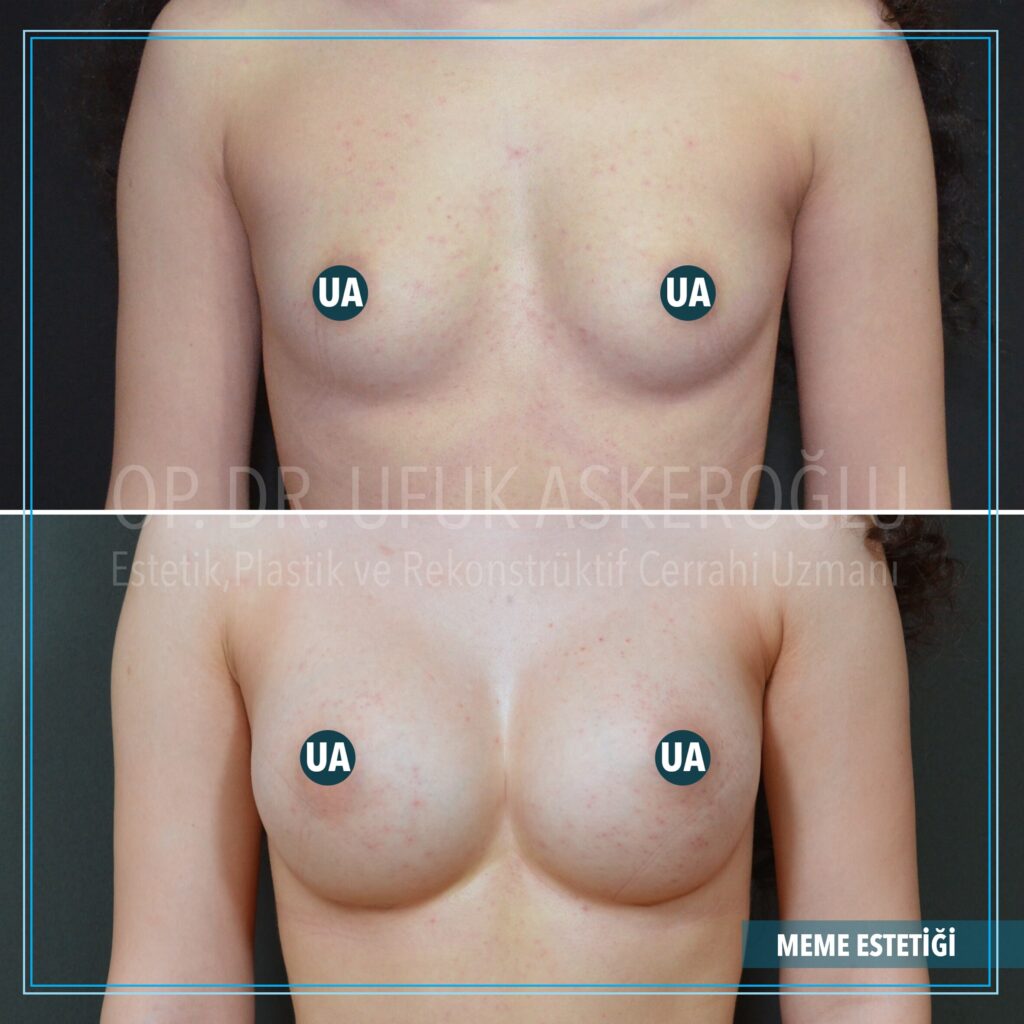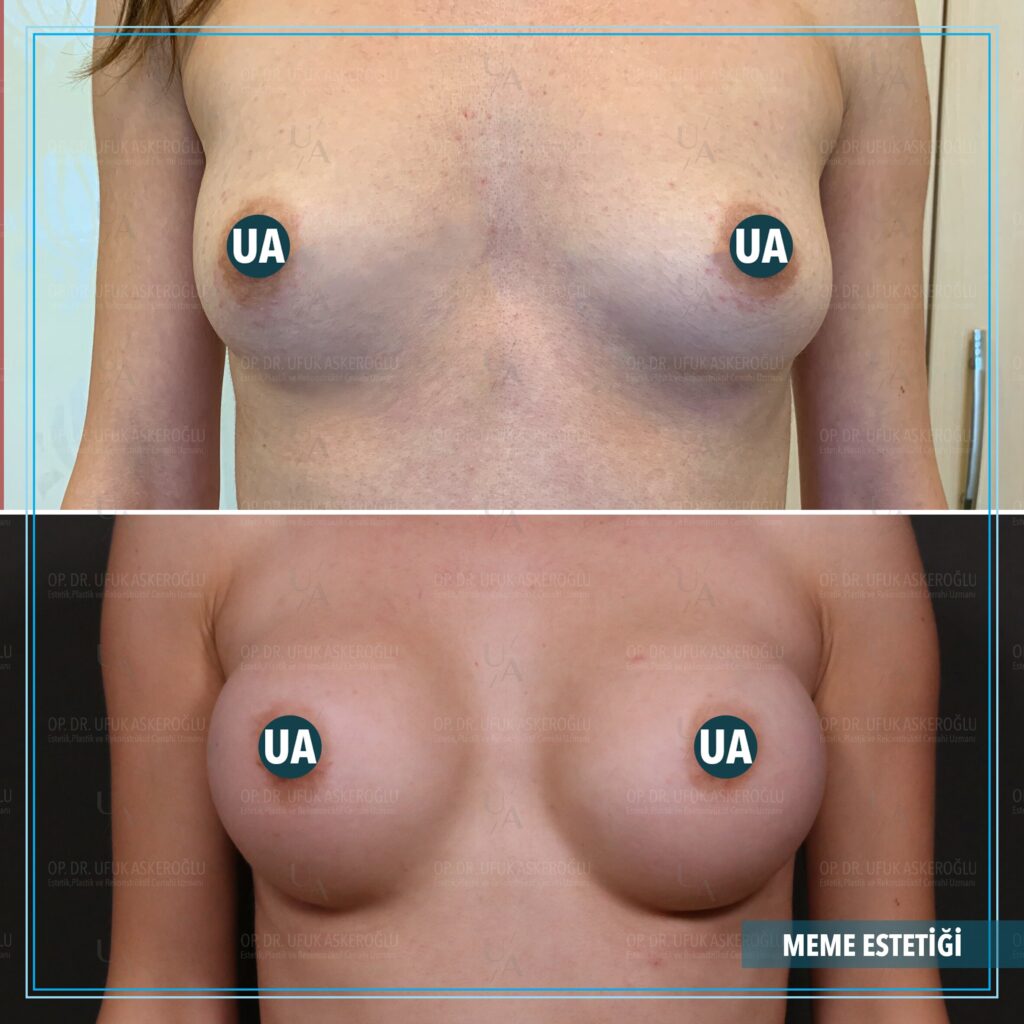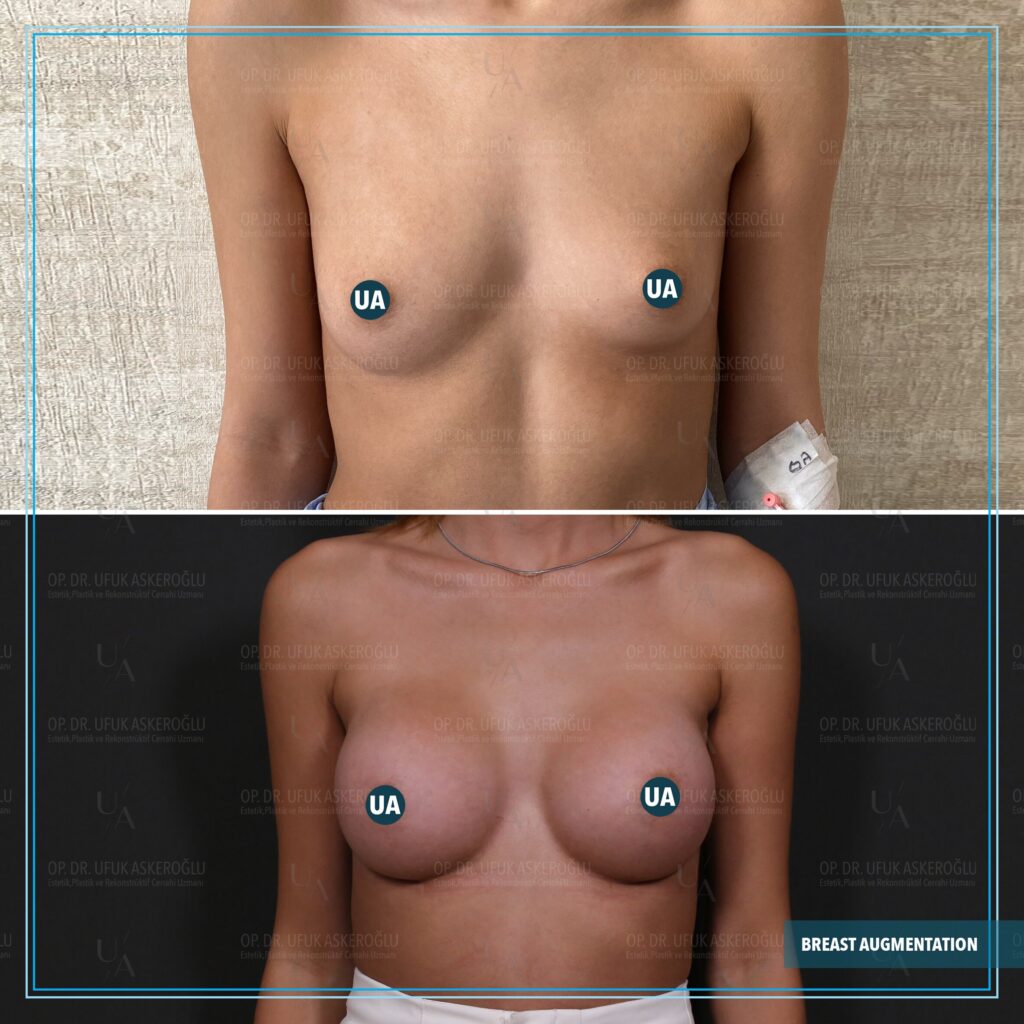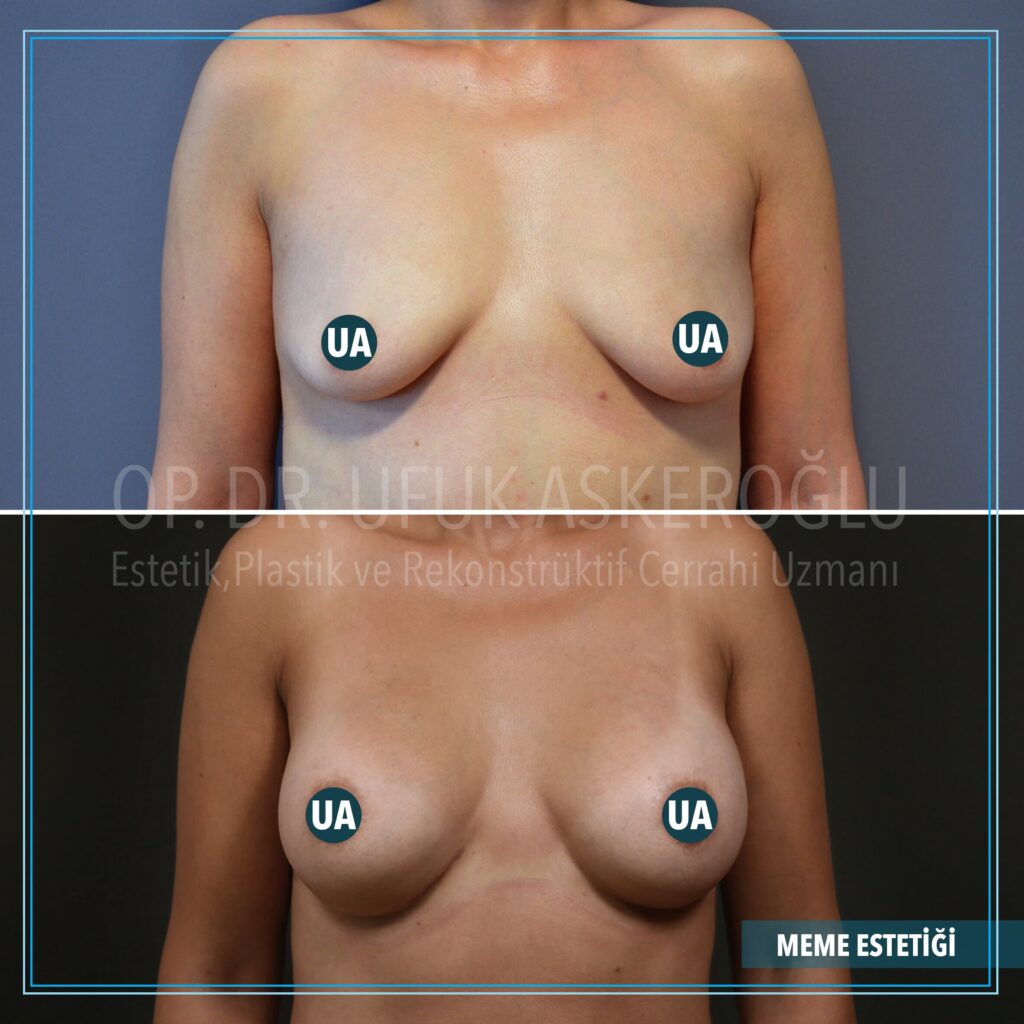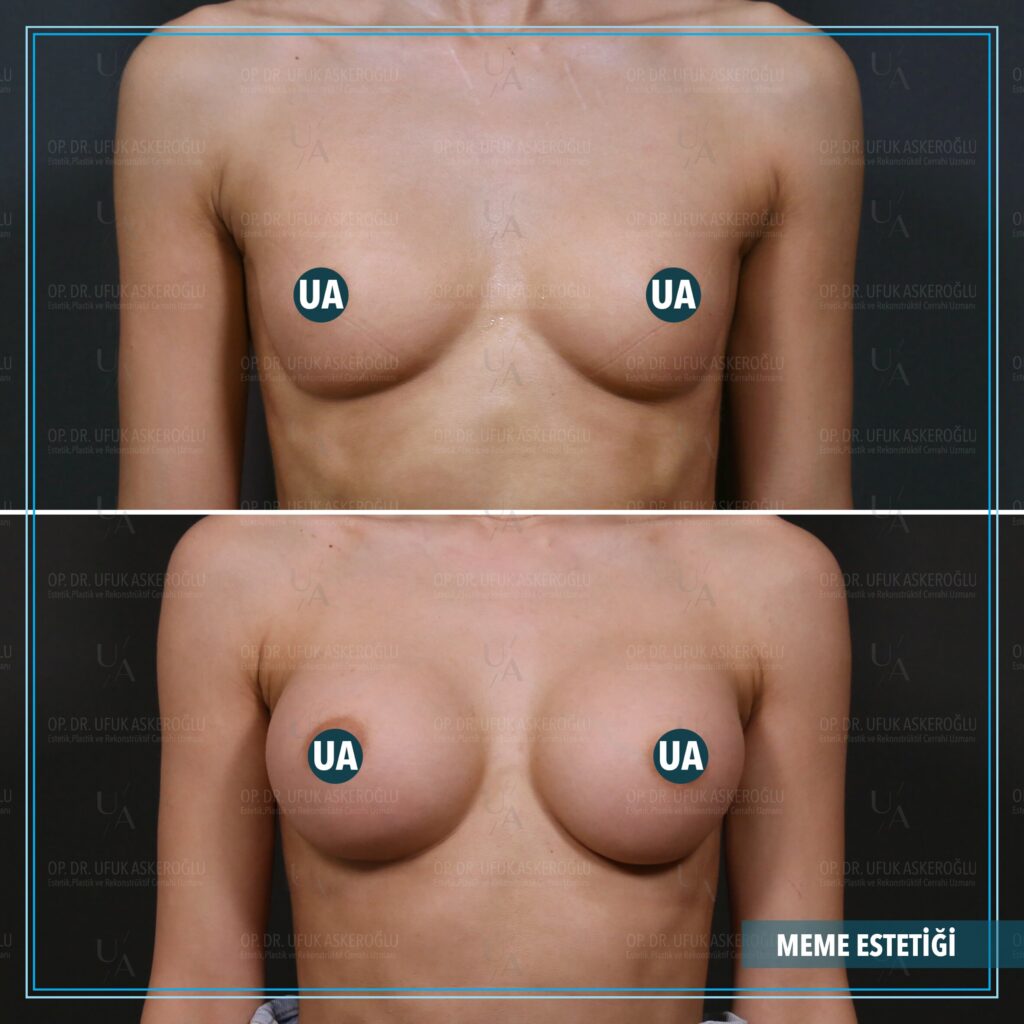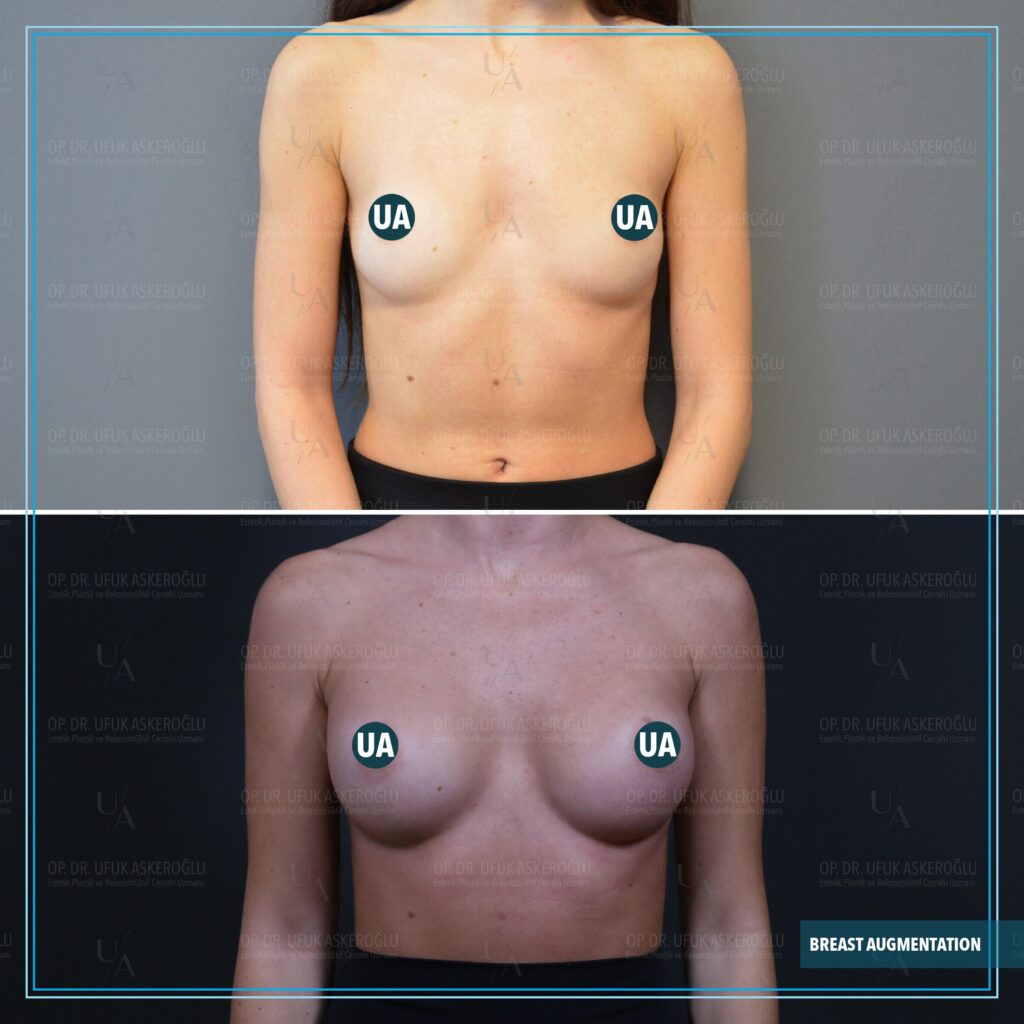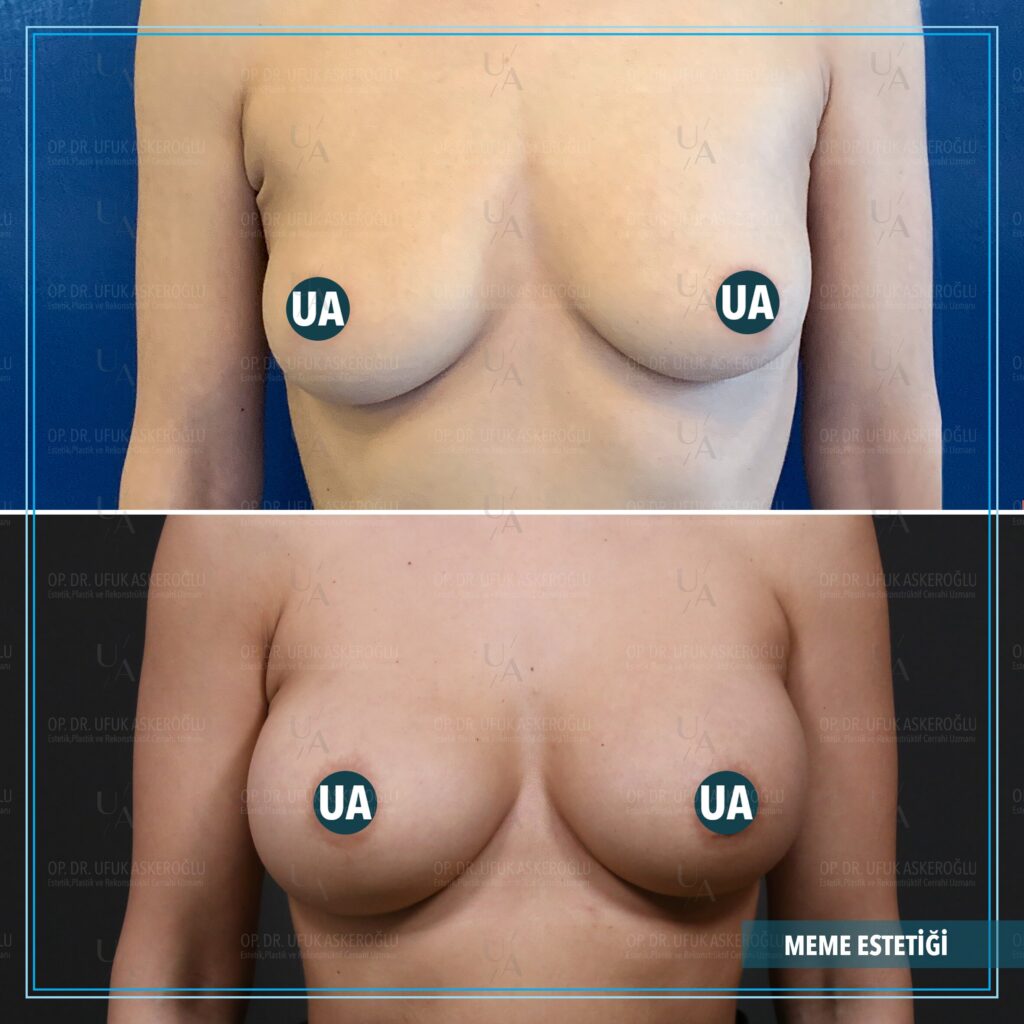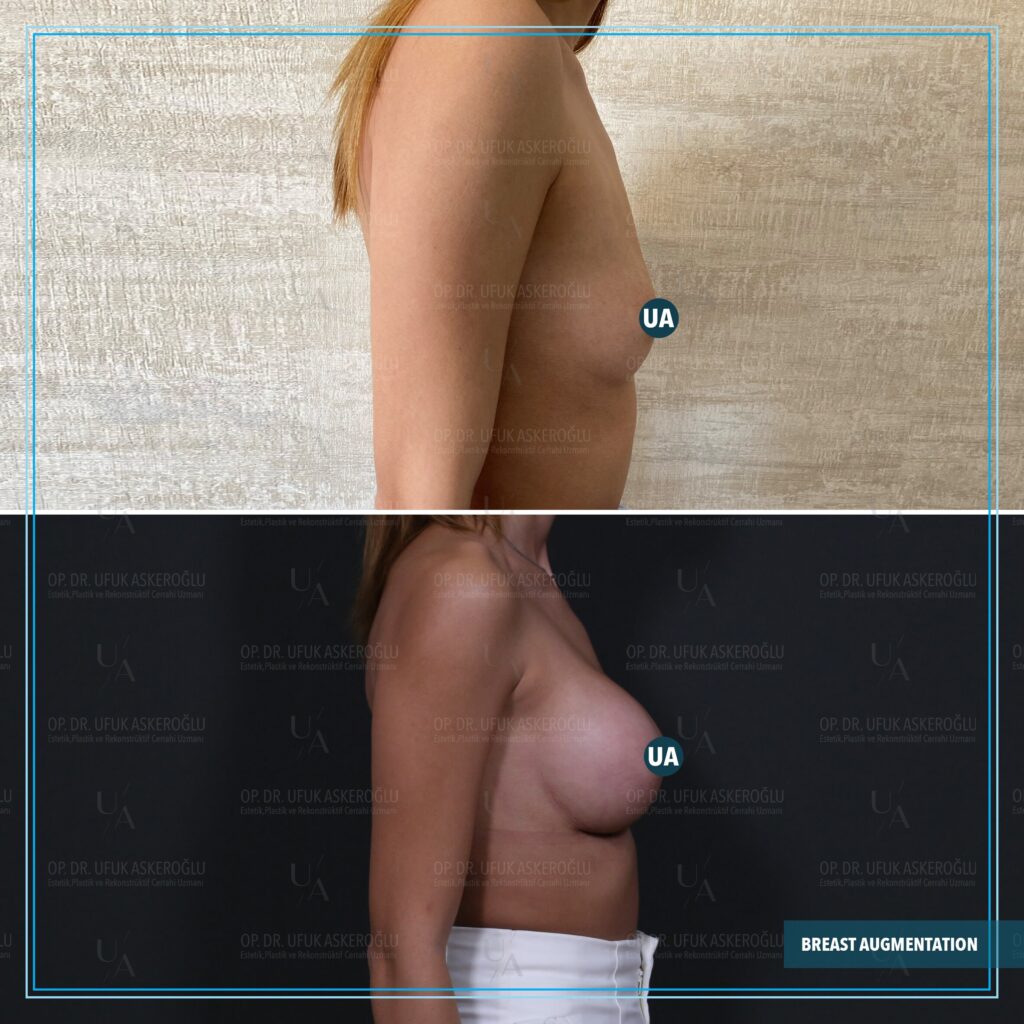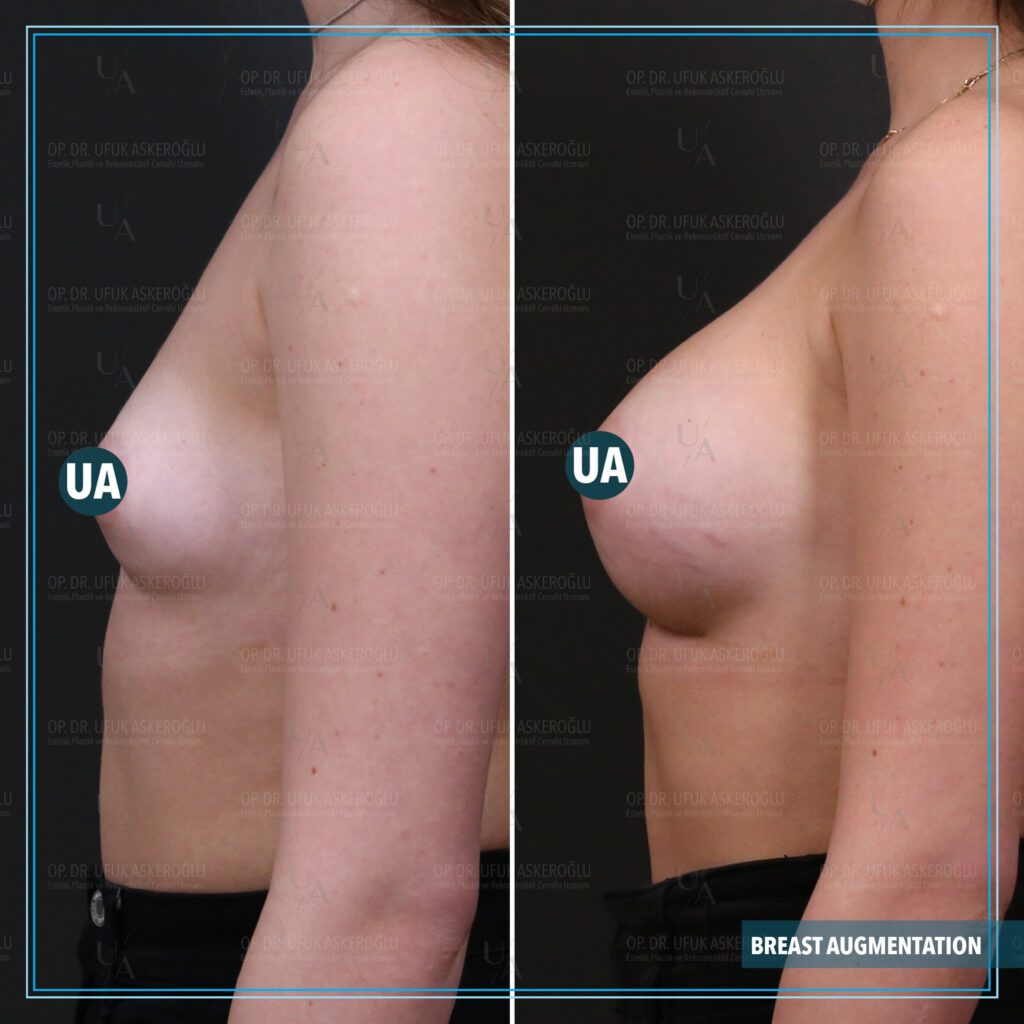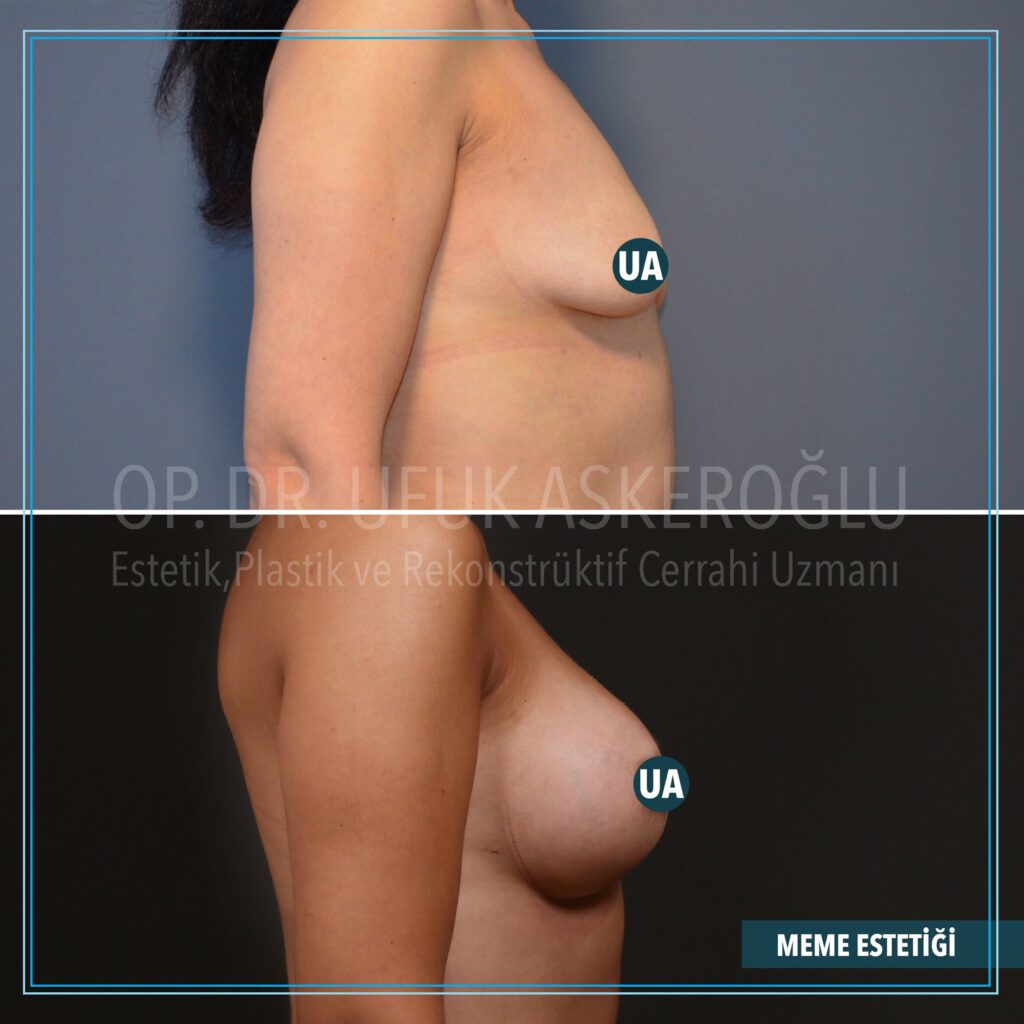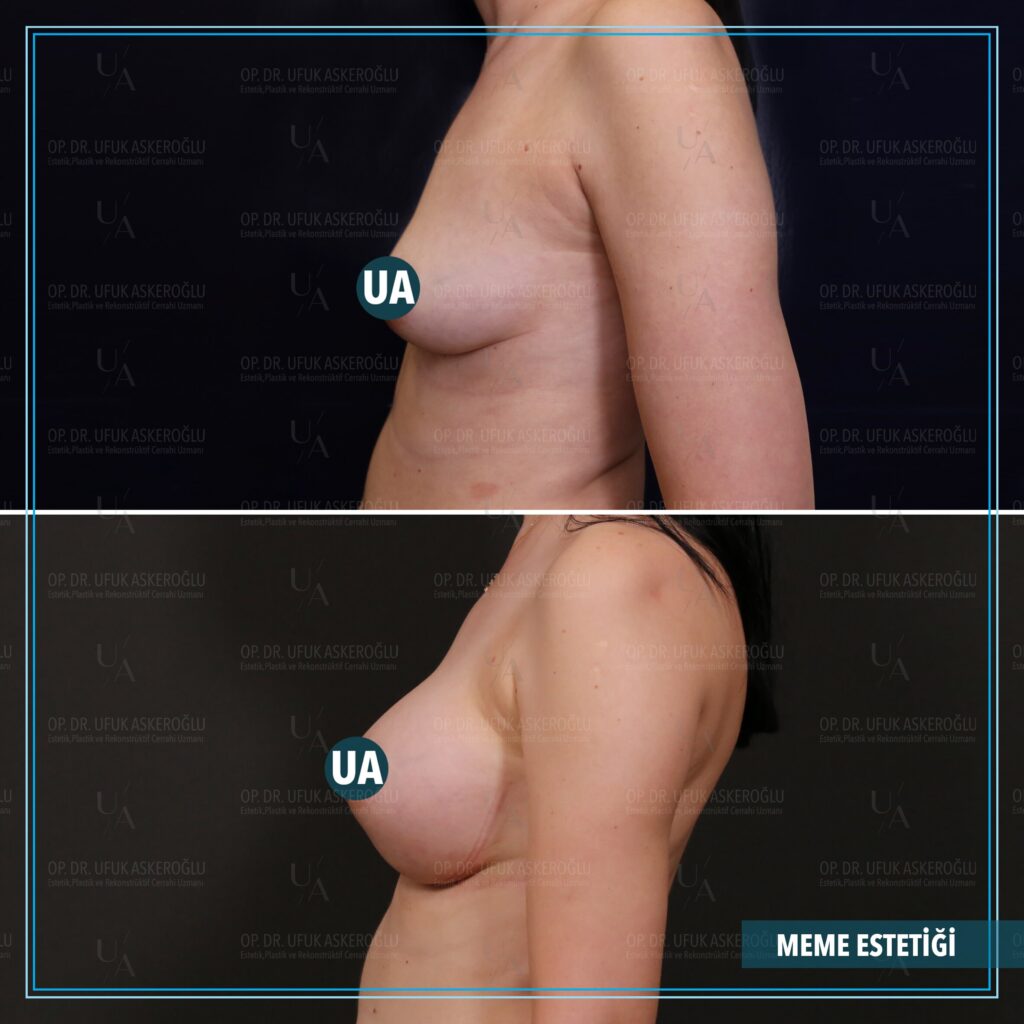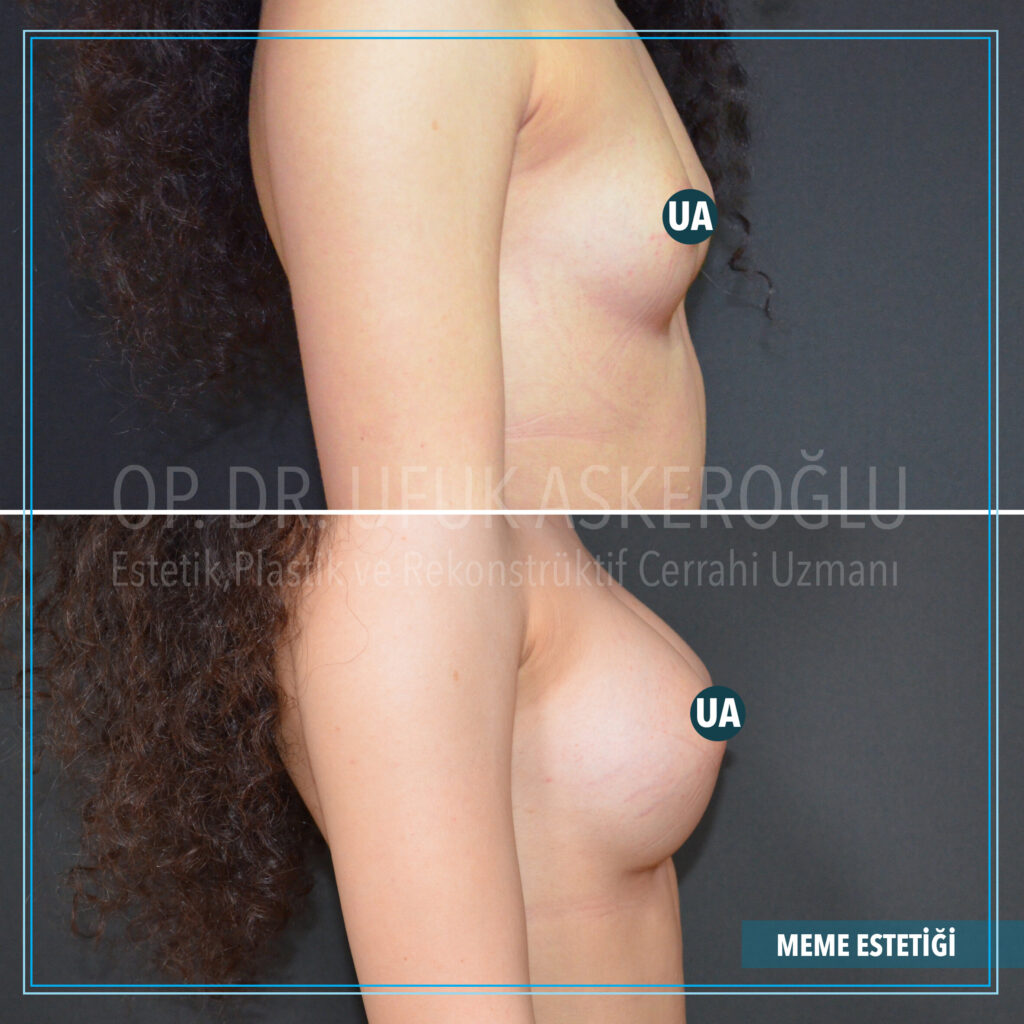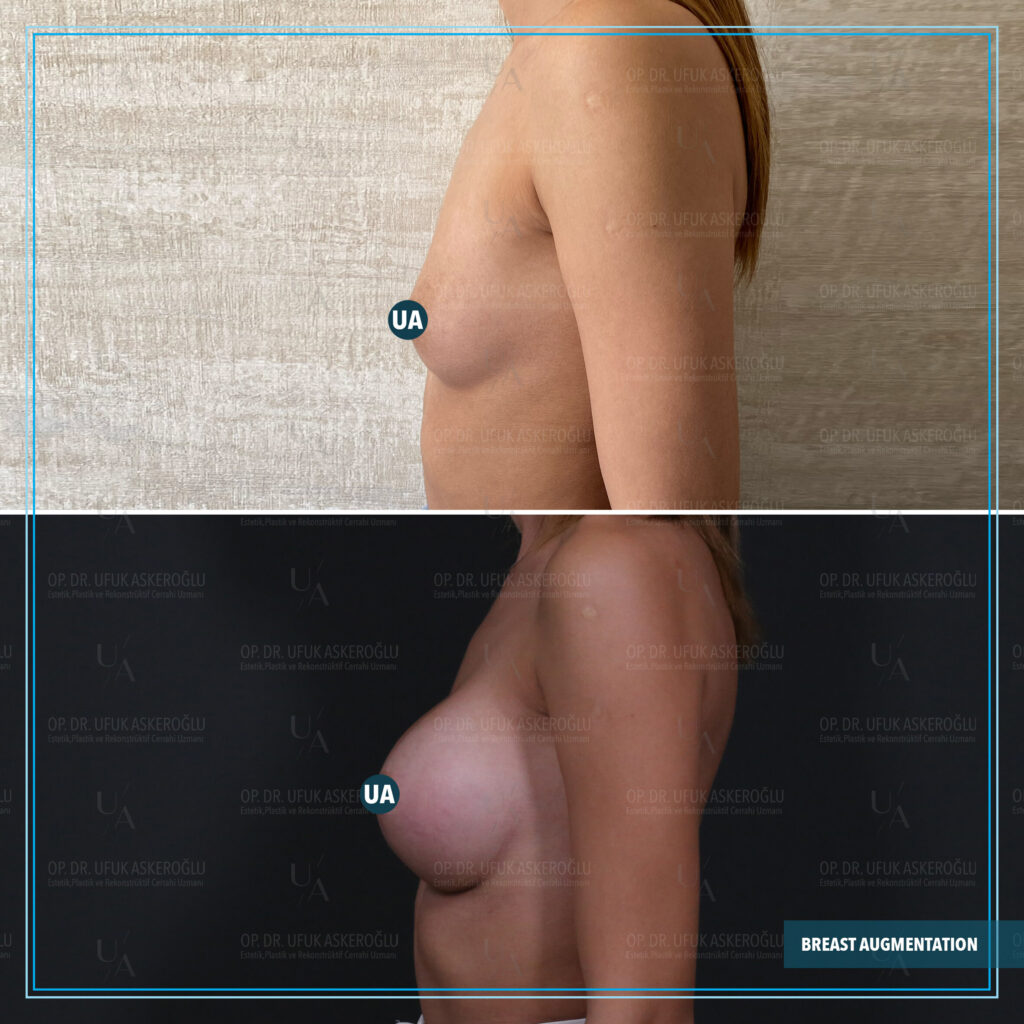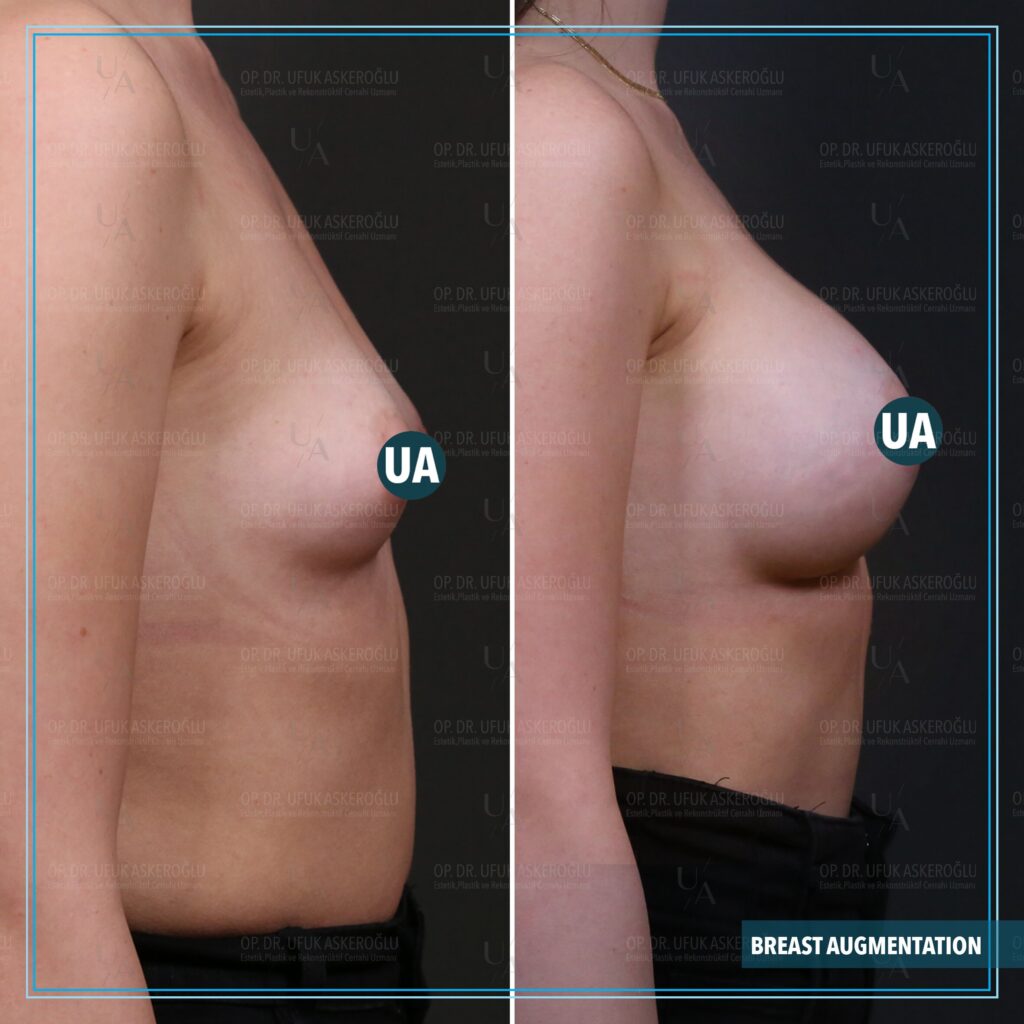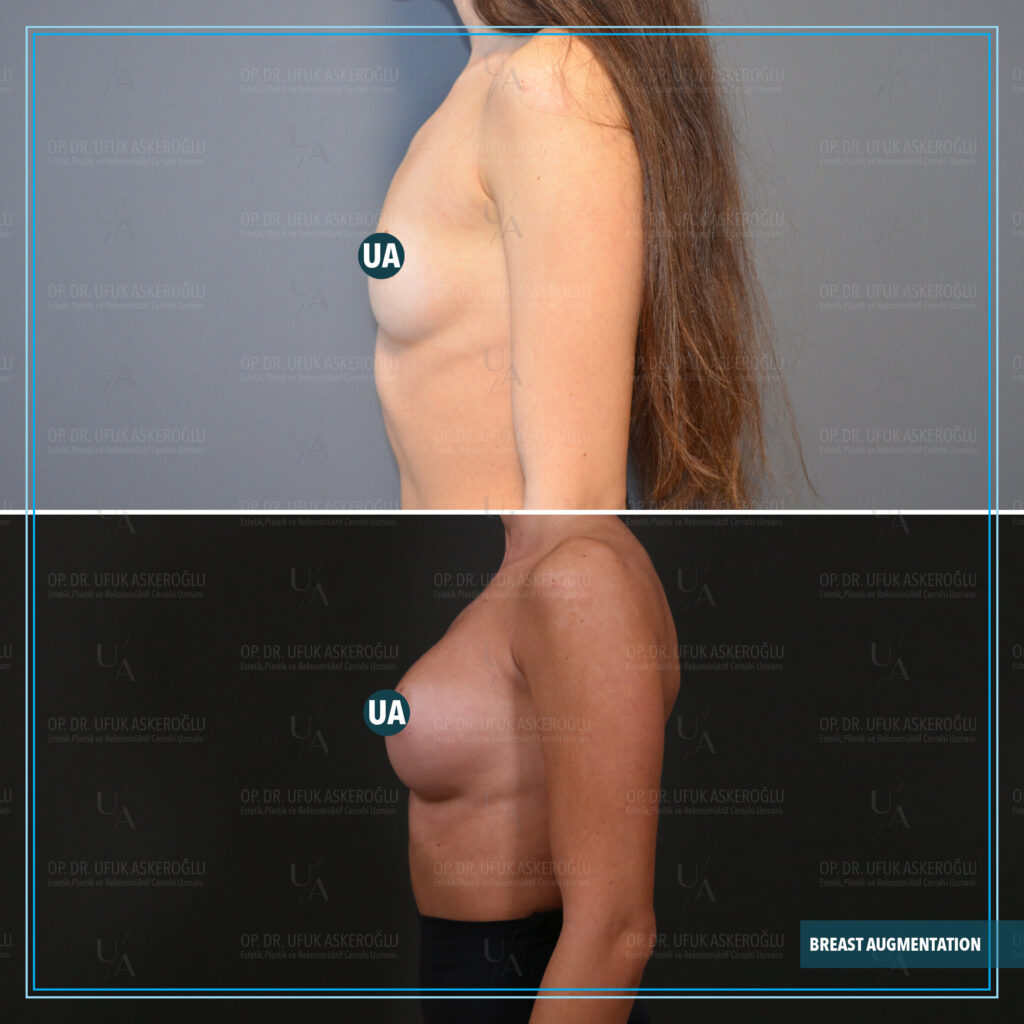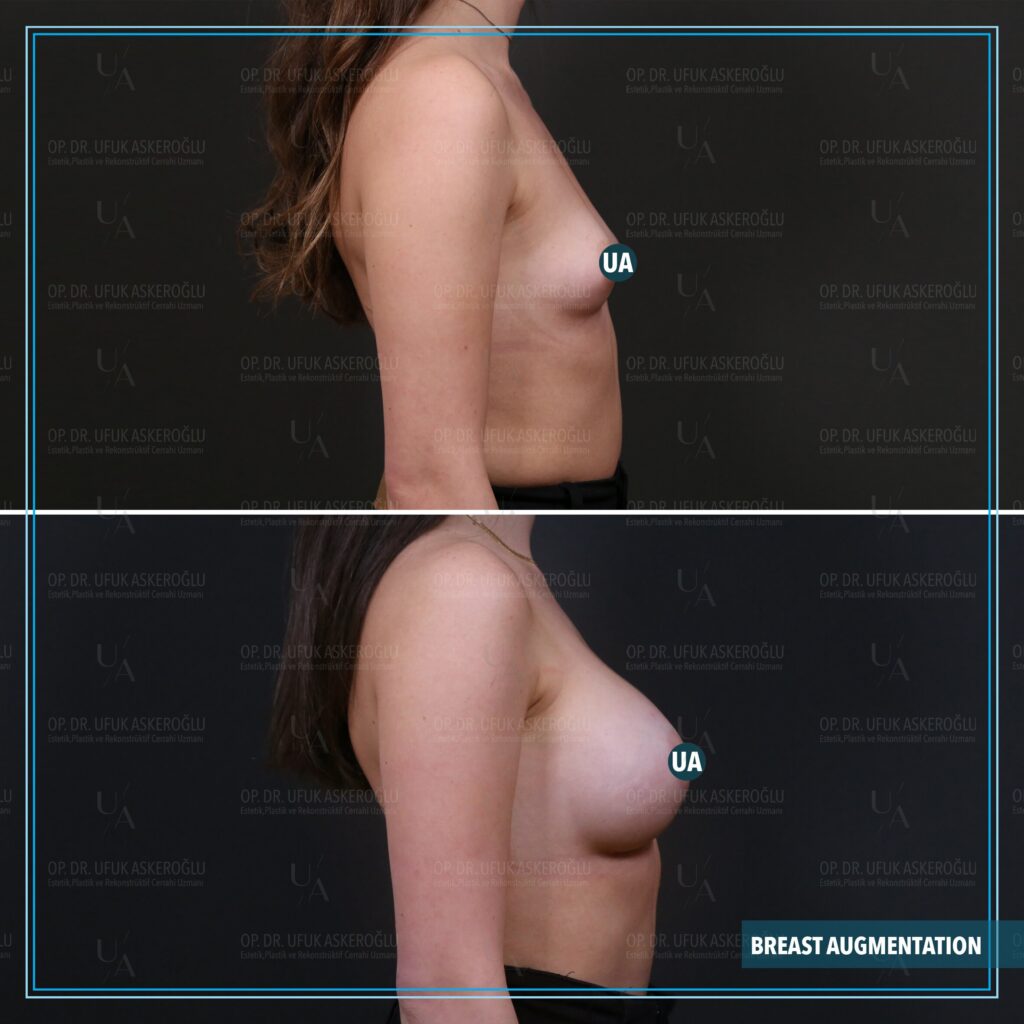Breast Implants
What is breast augmentation?
In order to improve the size and contour of the breasts, a common cosmetic surgery called breast augmentation (breast implants) uses implants. Women who are dissatisfied with the way their breasts look—whether as a result of heredity, pregnancy, or weight loss—are frequently advised to have this treatment.
How does a breast augmentation procedure function?
Breast augmentation, commonly referred to as augmentation mammoplasty, is a surgical operation that tries to enlarge and enhance the breasts’ natural form. To increase the volume and produce the desired cosmetic result, breast implants or, in some situations, fat transfer are used.
In order to enhance the patient’s comfort throughout the surgery, the breast augmentation treatment often starts with the administration of anesthetic. General anesthesia (which renders the patient unconscious) and local anesthesia with sedation are the two basic types of anesthesia utilized.
During the surgery, the surgeon makes incisions in predefined places, such as the transaxillary (in the armpit) or periareolar (around the nipple) creases, or the inframammary fold (wrinkle beneath the breast). The anatomy of the patient, the desired result, and the kind of implants being utilized are just a few examples of the variables that influence where to make an incision.
The surgeon next creates a pocket either beneath the chest muscle (submuscular placement) or beneath the breast tissue (subglandular placement) after making the incisions. The patient’s existing breast tissue, body type, and the surgeon’s recommendation all play a role in the pocket placement decision.
The breast implant is inserted either directly below the breast tissue or just below the chest muscle after the pocket has been made by the surgeon. Usually, silicone shells for breast implants are filled with silicone gel or saline solution (saltwater). The selection of an implant type is influenced by a number of variables, including the patient’s preferences, their body type, and the surgeon’s advice.
The implants are precisely placed and adjusted by the surgeon to create the correct shape, symmetry, and proportion. After the implants have been put in, the wounds are stitched up, and the surgical site is dressed.
What are the benefits of breast augmentation surgery?
Breast augmentation surgery’s main advantage is better breast size and form, which can raise a patient’s self-esteem and confidence. Additionally, the procedure can assist restore breast volume following pregnancy or weight loss, as well as rectify breast asymmetry.
How long is the healing process?
Patients will heal at different rates following breast augmentation surgery, but most can anticipate some level of discomfort, swelling, and bruising in the treated area. Patients are frequently instructed to take a few days off work and refrain from physically demanding activities for many weeks in order to promote good healing.
Is breast augmentation surgery safe?
The dangers of breast augmentation surgery are the same as those of any surgical treatment, including infection, hemorrhage, and negative anesthetic reactions. However, dangers are reduced when surgery is carried out by a qualified and experienced plastic surgeon. Before the treatment, it’s critical to go over any worries you have with your physician.
FAQ
Are saline or silicone implants superior?
Saline and silicone implants each have benefits and drawbacks. To make the best decision for you, it’s crucial to talk with your surgeon about the advantages and disadvantages of each procedure.
Will breast implants prevent me from nursing my child?
Your ability to breastfeed should not be impacted by breast implants, though some women may notice a modest drop in milk output.
Will I lose feeling in my nipple after breast augmentation surgery?
? Some patients may briefly lose feeling in their nipples following the procedure, but this usually goes away within a few weeks to a few months.
For how long are breast implants effective?
The number of years that breast implants last can vary based on the implant’s type and personal circumstances. However, the majority of implants can endure for 10 to 20 years before they need to be replaced.
Do breast implants raise my risk of developing breast cancer?
Breast implants do not increase your risk of developing breast cancer, but they may make the disease harder to spot on a mammography. It is crucial to let your radiologist know that you have breast implants before having a mammography.


